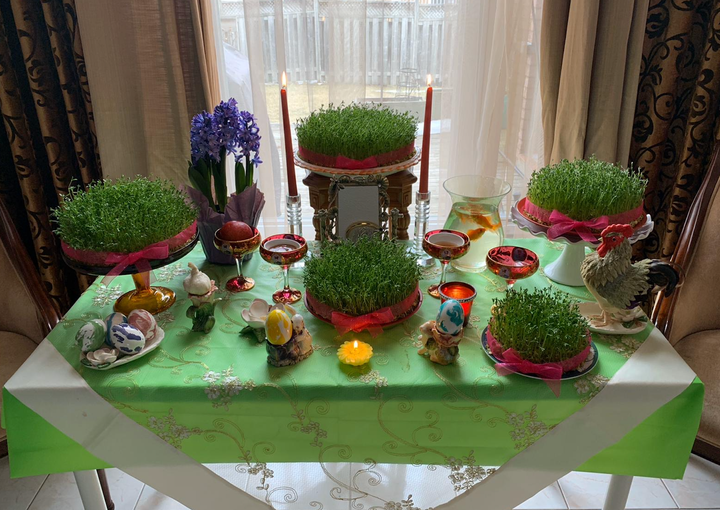
“Poor Iranians. We have the worst luck,” muttered my khaleh (aunt).
News that COVID-19 concerns had caused the cancellation of many Nowruz celebrations across Toronto had just reached our family, sitting in my grandmother’s living room where we had gathered to drink chai and watch the latest developments. “Isn’t that just symbolic,” she concluded grimly.
It only seemed fitting that the Persian New Year celebration, and the brief reprieve it symbolized, would be compromised for Iranians around the world.
“For every familiar tradition, there will be a change we have no choice but to embrace.”
This year has been far from kind to Iran. 2020 started with mounting Iran-U.S. tensions amid the downing of Flight 752; now, the country is among the hardest hit by the “irrevocably uncontained” COVID-19 pandemic. About eight per cent of the Iranian parliament has tested positive for coronavirus. The death toll is uncertain, though polls have consistently reported more than 900 people dead, and massive burial pits are visible from space in the city of Qom, where the virus first spread in Iran.
Despite this, the Iranian government has been slow to implement quarantine policies. Some people are out shopping and preparing for Nowruz in Iran as normal. Travel between Qom and Tehran, the two largest centres for the coronavirus spread, are largely unchanged as well. Only some people voluntarily self-isolate themselves, and mehmoonis (parties) are largely being kept to a handful of people. My own cousin usually celebrates the first day of Nowruz with over 20 people, but is staying in with her father and our grandfather.
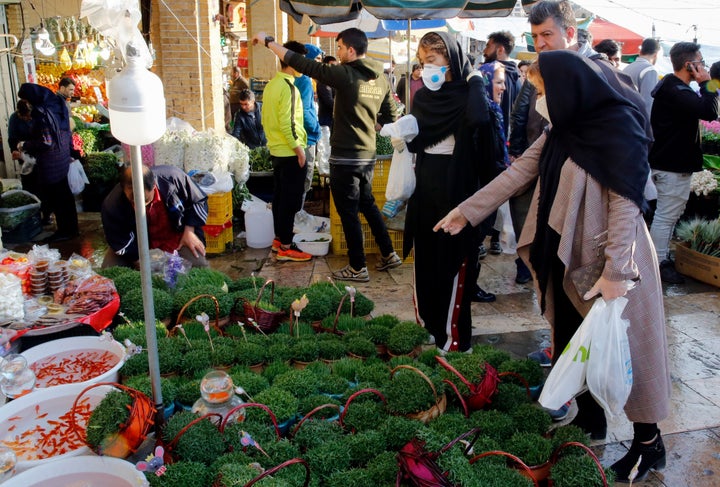
All that is to say, I was really looking forward to celebrating Nowruz in Toronto this year. It was a hoped-for healing moment, a happier note amid tragedies half a world away (yet so close to home). The last time that I had been with a large group of Iranians was in the University of Toronto’s convocation hall for the Tirgan Memorial Services of Flight 752. Over 2,000 people gathered to mourn and pay respects to the dead. The last speaker of the event addressed the crowd in Farsi: “May the next time we meet, we celebrate a free Iran.”
We will celebrate this year, that much is for sure. But for every familiar tradition, there will be a change we have no choice but to embrace.
‘There’s sadness in the air this year’
Unlike Western New Year, Nowruz celebrations take place over 13 days. This year, it begins at 11:49 p.m. EST on Thursday, March 19. Iranian communities all over the world hold events leading up to it, including bazaars with music and food. We put up a haft-sin, a table of seven symbolic items that represent different aspects of life and tradition, and clean our house top to bottom. On the Wednesday before Nowruz, Chahaar Shanbeh Soori, the Zorastrian tradition of jumping over a fire takes place.
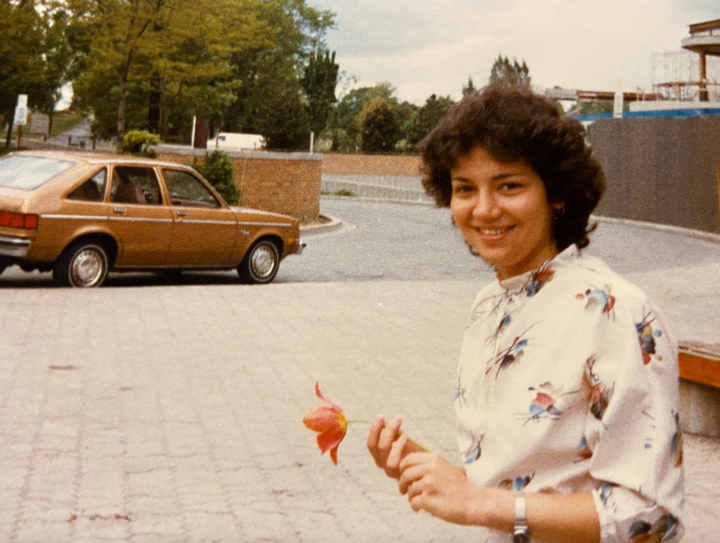
Nowruz is especially important to my mother, who left Iran for Canada as an 18-year-old refugee alongside my father. She was involved in youth activist groups during the Iranian Revolution, and had even been imprisoned for protesting against the regime. For her, Nowruz is an opportunity to remember the Iran that she grew up in, a country she has an increasingly hard time recognizing politically and culturally the longer she lives in Canada.
For me, the celebration helps navigate the complicated web of identity I’ve inherited as a diaspora child. The best I can put it is: when I’m around white Canadians, I feel Iranian. When I am around Iranians, I feel like a white Canadian. But Nowruz is the one time of year I can embrace my heritage without a second thought.

Of course, there’s sadness in the air this year. There’s been sadness all year. Nowruz traditions date back centuries, and the reason so many of them require person-to-person contact and group gatherings hearken back to a time when Iranians were able to come together and celebrate often.
Now that Ontario’s declared a state of emergency and prohibited large gatherings, Nowruz activities will be more difficult. Iranians typically visit family and friends for Eid-didani throughout the 13 days. It’s a sign of respect to visit the elder members of the family and those you are closest to on the first day, instead of waiting towards the end. In past years, I have driven to seven different homes in one day to say hello and offer new-year greetings. The old give the young money, and chai and Persian pastries are served.
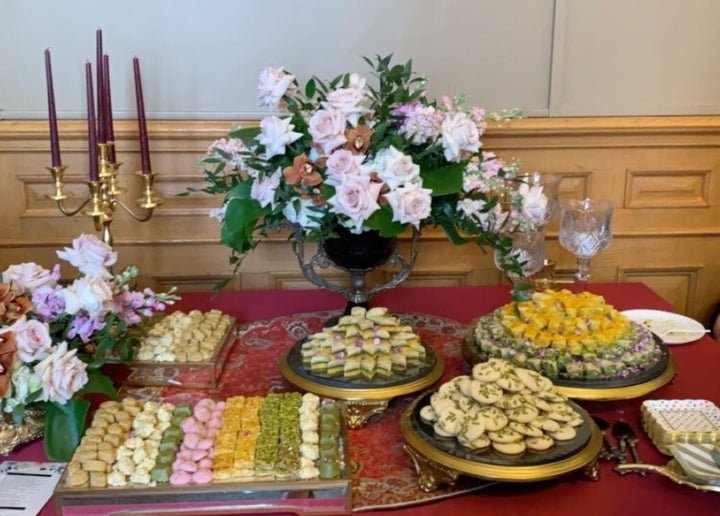
This year, it just can’t be done — visiting other people’s homes, gathering for cook-outs. Phone calls and messages will have to substitute for now. My aunt who was supposed to fly in from England; friends who had been planning to host relatives from Iran who they hadn’t seen in years. They all have to cancel their trips. Under present circumstances, it’s too risky for even the people who live in Toronto to gather in the same space, and it is sad because if there’s one thing we’ve learned this year it’s that the future carries no guarantees.
One of the items frequently put on a haft-sin is a mirror, which symbolizes reflection and introspection. I intend to do a lot of that this Nowruz.
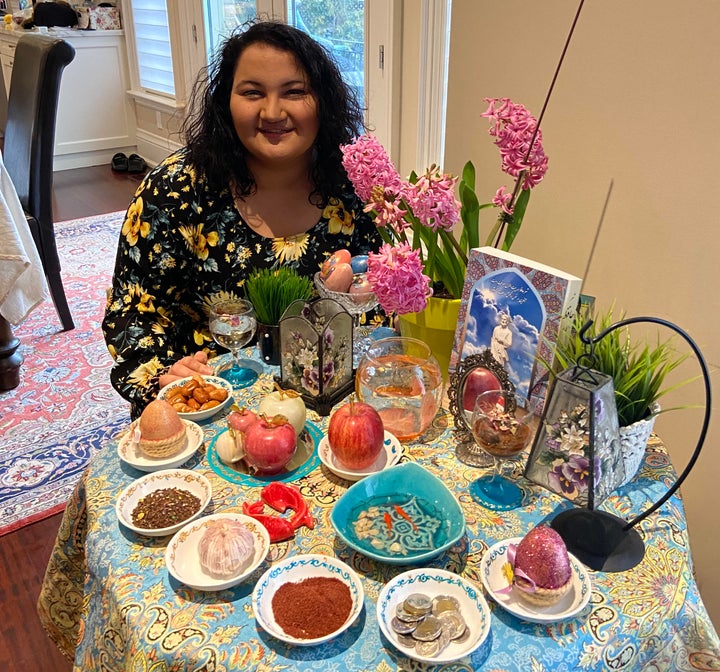
Growing up Iranian-Canadian, there were too many times that I wished I was part of another community — one with less baggage and painful memories — but this year it feels right to take part in Nowruz and the ancient traditions it carries.
It’s a chance to celebrate a long and deep history, and to remember that Iranians are nothing if not survivors. Social distancing or not, Nowruz continues and we move forward with it.
Have a personal story you’d like to share on HuffPost Canada? You can find more information here on how to pitch and contact us.
Also on HuffPost: